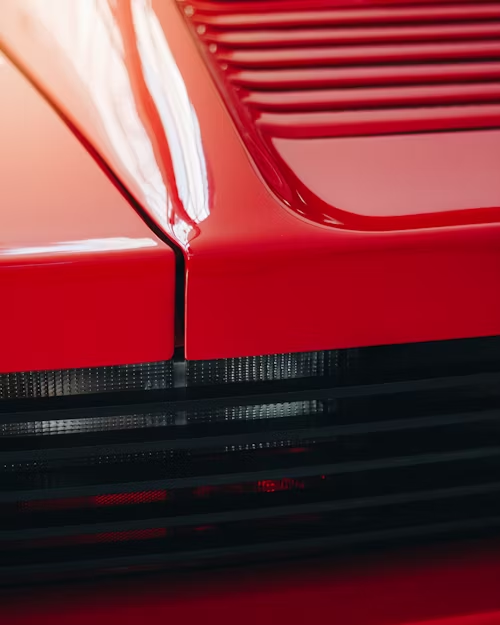bluemacaw paint
In the process of automotive paint spraying, some common technical problems may be encountered and their solutions are as follows:
1.Fogging: This usually occurs during or after construction, when the paint surface appears milky white or hazy. Causes can include condensation of water vapor on the undried film, use of the wrong thinner, airflow in the paint booth, uncomfortable temperatures, or improper drying. The remedy is to add a slow drying agent to the paint and re-paint it.
2.Fine cracks: Small cracks in the paint surface, possibly due to the use of the wrong thinner or incompatible raw materials, the bottom layer not being thoroughly cleaned, or the time between resprays being too short. The solution is to sand the defective area to smooth it out and then repaint it.
3.Sagging: The coating is partially thickened and sagging due to gravity. Minor sagging can be solved by wet sanding and waxing polishing, and in severe cases, it needs to be repainted.
4.Water Marks: White or yellow corrosive spots on the surface of the paint layer, which may be due to the paint surface coming into contact with water droplets or the painted paint surface being too thick. The treatment method is to use solvent to thoroughly clean the paint surface and polish it, and in severe cases, it needs to be resprayed after sanding.
5.Silk walking: The silver powder is unevenly reflective, showing light and dark stripes. The solution is to re-paint the paint after water grinding, or adjust the gun settings after the paint is completely dry.
6.Cracks: The paint surface is severely tarnished and there are many small cracks. If the crack cannot be removed by grinding and polishing, it should be thoroughly sanded to the substrate and re-sprayed.
7.Rust at the bottom: Rust spots, spots, bubbles, or peeling on the surface of the paint film. The treatment method is to remove the paint layer from the rusted area, sand the rust spots to a metallic luster, clean the surface of the metal substrate, and spray the primer immediately.
The solution of these problems requires professional technology and appropriate materials to ensure the quality of automotive paint spraying.







